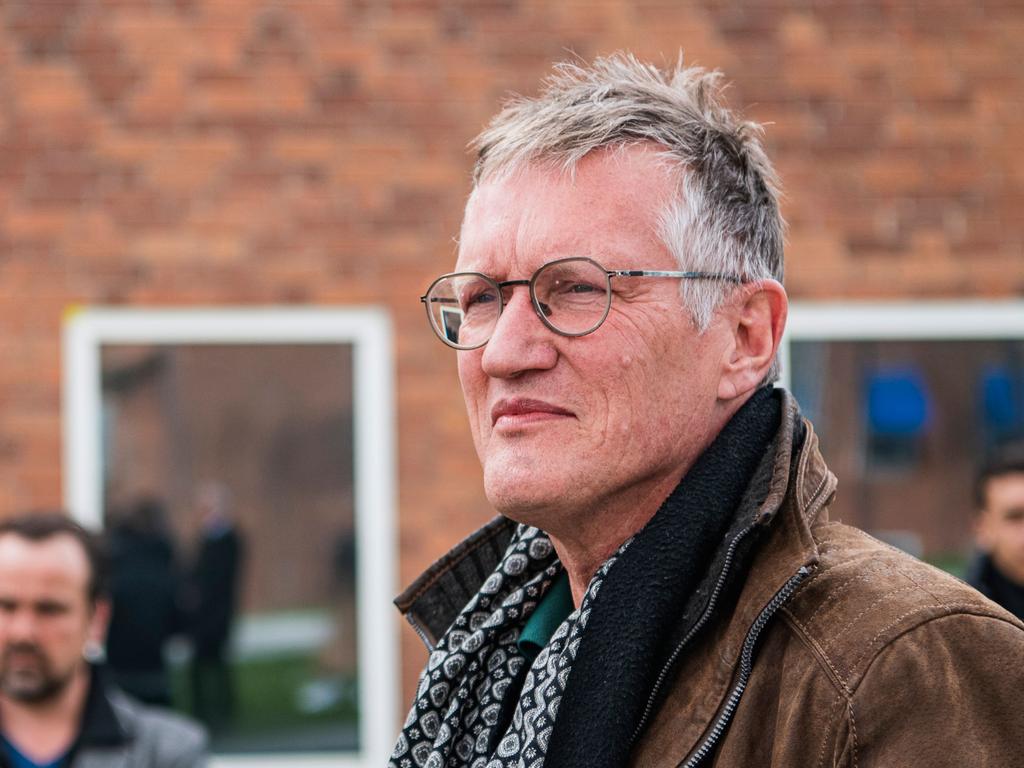Coronavirus: Why Sweden’s virus policy is no failure
Sweden’s neighbours are delaying the same deaths with their stronger mandates, to the detriment of the economy and people’s livelihoods.

I joked the other day that the media doesn’t do multivariate, but it wasn’t a joke. Sometimes it imposes a hard cap on what we can achieve with public policy when the press can’t fulfil its necessary communication function.
This column isn’t about Sweden, but the press now claims Sweden’s Covid policy is “failing” because it has more deaths than its neighbours. Let me explain again: When you do more social distancing, you get less transmission. When you do less, you get more transmission. Almost all countries are pursuing a more-or-less goal, not a reduce-to-zero goal. Sweden expects a higher curve but in line with its hospital capacity. Sweden’s neighbours are not avoiding the same deaths with their stronger mandates, they are delaying them, to the detriment of other values.
The only clear failure for Sweden would come if a deus ex machina of some sort were to arrive to cure COVID-19 in the near future. Then all countries (not just Sweden) might wish in retrospect to have suppressed the virus more until their citizens could benefit from the miracle cure.
Please, if you are a journalist reporting on these matters and can’t understand “flatten the curve” as a multivariate proposition, leave the profession. You are what economists call a “negative marginal product” employee. Your non-participation would add value. Your participation subtracts it.
Let’s apply this to the US. Americans took steps to counter the 1957 and 1968 novel flu pandemics but nothing like indiscriminate lockdowns. Adjusted for today’s US population (never mind our older average age), 1957’s killed the equivalent of 230,000 Americans today and 1968’s 165,000. So far, coronavirus has killed 57,000.
Before patting ourselves on the back, however, notice that we haven’t stopped the equivalent deaths, only delayed them while we destroy our economy and the livelihoods of millions of people.
That’s because public officials haven’t explained how to lift their unsustainable lockdowns while most of the public remains uninfected and there’s no vaccine.
Hopefully we will demonstrate our mettle in the next chapter but I have yet to see it.
All this belies another media trope, advanced to make many incoherent points, that the flu is a “nonserious” disease and not to be compared with COVID-19. In fact, the flu kills “only” 35,000 Americans a year because we have vaccines and millions of us have previously acquired immunity. Apply the flu’s estimated 0.1 per cent death rate not to the 10 per cent of the population susceptible to today’s familiar strains but to the 60 per cent likely to be infected by a novel strain. Result: 200,000 deaths in today’s population.
The 1957, 1968 and even 1918 strains are still with us, contributing to an estimated 650,000 flu deaths worldwide every year.
The most up-to-date estimate from the Oxford Centre for Evidence-Based Medicine predicts the new coronavirus will be fatal in a flu-like 0.1 per cent to 0.36 per cent of cases. This implies 141,000 to 655,800 further deaths in the U.S. over the next year or so. Yes, these deaths will be heavily concentrated among the elderly. Another bit of journalistic virtue-signalling holds that it’s now “ageism” to take this into account, though a disease that kills a newborn is obviously more costly to him or her than one that kills the same person at 95. The regulatory state that liberals idolise has long recognised as much in weighing the value of proposed lifesaving interventions.
Let me commend a plan by Avik Roy and his colleagues at the Foundation for Research on Equal Opportunity, which they expressly call a pessimism plan: A vaccine won’t be developed. An effective treatment won’t soon materialise. Universal testing will not quickly scale up. Infection won’t be found to confer lasting immunity.
We can hope for success in these areas but betting our national survival on hitting a hole-in-one is not a strategy.
From my view, the most important thing the government could do now is give people the information they need to resurrect the economy. The World Health Organisation’s Maria Van Kerkhove, on return from Wuhan, said flatly the disease was not spread in casual interaction but in close family and institutional settings. Hendrik Streeck, the virologist leading an investigation of a severe outbreak in Germany’s Heinsberg district, found similar results. He saw little evidence that shopping or even touching contaminated surfaces posed a significant risk to a well-advised public.
In China, a study of 318 clusters (involving 1,245 patients) found 80 per cent involved transmission in the home, 34 per cent in public transportation. Only two people were found to have been infected in an outdoor setting. In Hong Kong, where people practice good social distancing, lockdowns haven’t been needed to keep hospitals from overflowing.
Much remains to be found out: aerosols vs. droplets, the effectiveness of masks. Hand washing is probably a good idea but doesn’t have a lot of peer-reviewed science behind it. This is information the public needs as it resumes work and socialising in defiance of those single-variable thinkers who imagine civilisation will put itself in a deep freeze until a vaccine materialises.






To join the conversation, please log in. Don't have an account? Register
Join the conversation, you are commenting as Logout